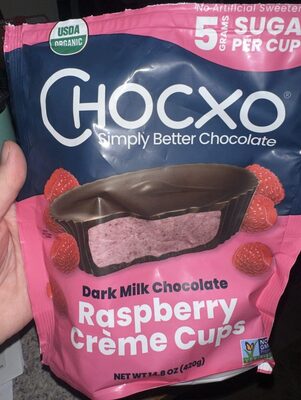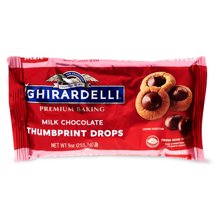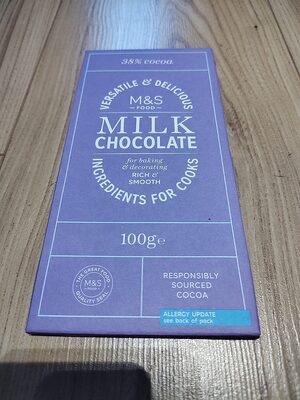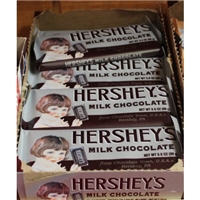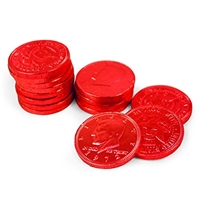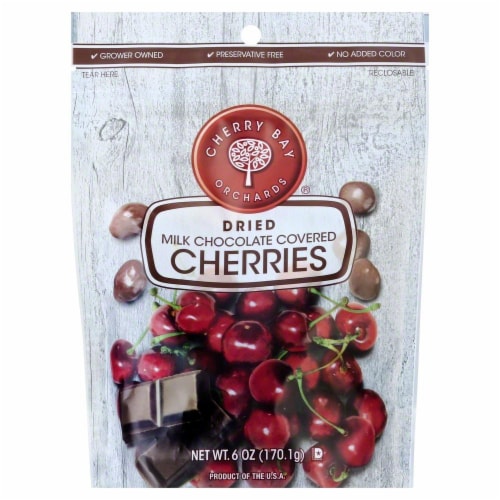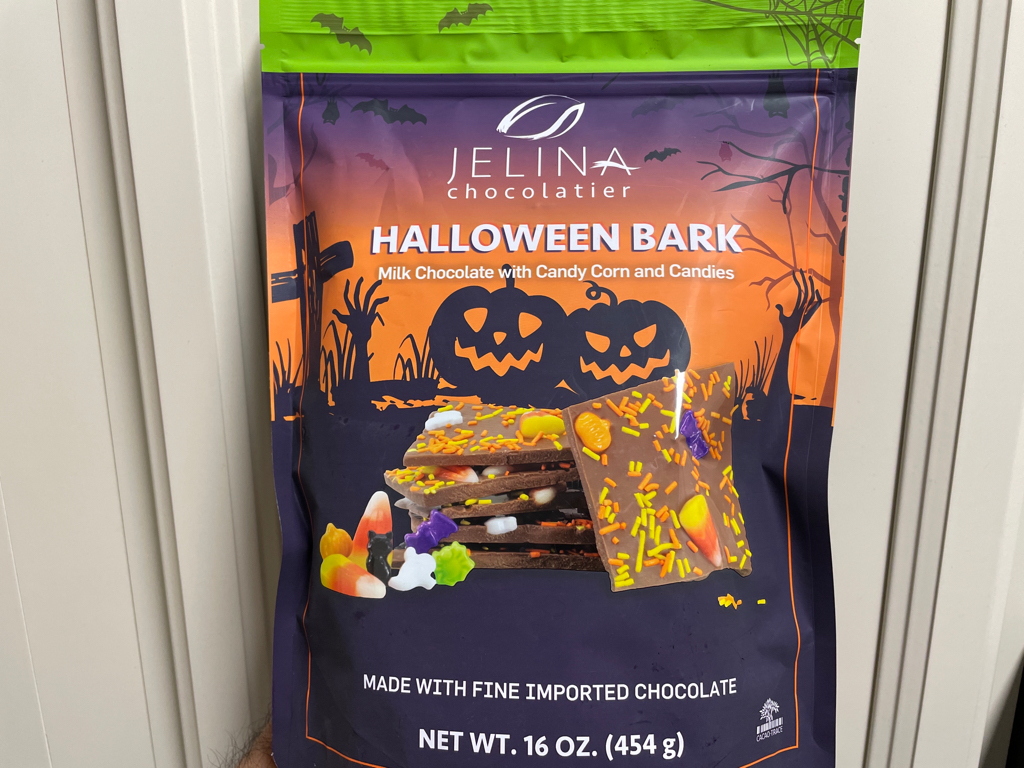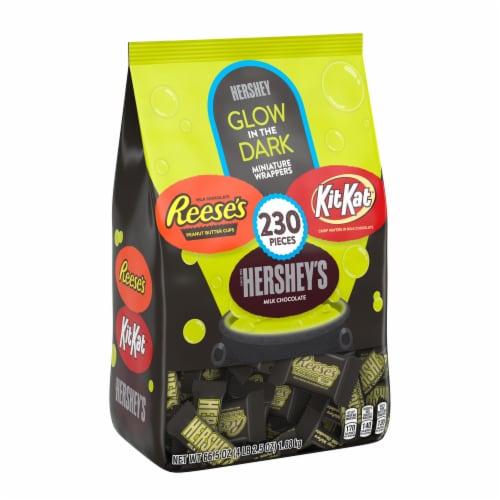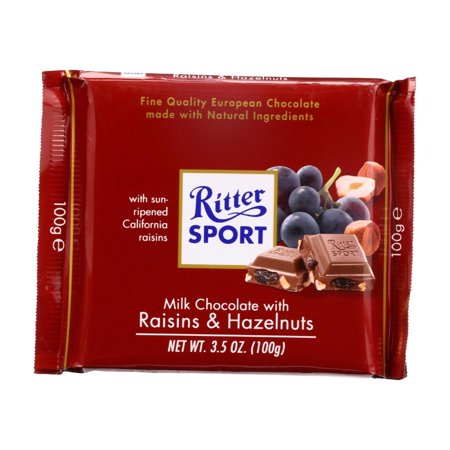DESSERTS
SNACKS
Milk Chocolate
Milk chocolate is a delightful and popular type of chocolate that combines cocoa solids, cocoa butter, sugar, and milk powder or condensed milk to create a creamy, smooth, and sweet flavor. As one of the three main varieties of chocolate, milk chocolate is cherished by many for its milder and less bitter taste compared to its counterparts, dark chocolate and white chocolate.
Often used in a wide range of confectionery treats, milk chocolate can be enjoyed in the form of bars, truffles, or chips, as well as in numerous recipes such as cookies, brownies, and hot chocolate. For home cooks and consumers, milk chocolate serves as a versatile and delightful ingredient that adds a touch of indulgence to everyday cravings.
61%
CARBS
31%
FAT
8%
PROTEIN
3,249 Milk Chocolate Products
TONY'S CHOCOLONELY Dark Milk Chocolate Bar
Chocxo Dark Milk Chocolate Raspberry Crème Cups
Milk Chocolate Premium Baking Thumbprint Drops
Marks & Spencer Milk Chocolate (for baking and decorating)
Hersheys Nostalgia Milk Chocolate Bar
2 Lbs Milk Chocolate Coins (Approx. 168 Pieces) (Apple Red)
Cherry Bay Orchard Milk Chocolate Covered Cherries
Halloween Bark
Hershey's Glow In The Dark Miniature Wrappers Milk Chocolate Candy Assortment
Ritter Sport Milk Chocolate With Raisins & Hazlenut, 3.5 Oz, 12 Ct
Used In 135 Recipes
Milk Chocolate Is Frequently Used With
Milk Chocolate FAQ
Cooking with milk chocolate is arguably one of the most pleasurable culinary tasks due to its taste and versatility. It requires care to properly melt without clumping or ruining its texture. People often rush the process or use high heat, leading to a grainy or scorched result. To get the most out of milk chocolate in cooking, it should be melted using a double boiler or a microwave with frequent stirring and at low power settings, this ensures consistency. The quality of milk chocolate also plays a big role; while all varieties taste good raw, high-quality chocolate with a higher cocoa content tends to hold more depth of flavor, especially in baked goods. A notable tip is pairing milk chocolate with ingredients like sea salt or chillies to bring out its smooth sweetness.
Can I salvage burnt milk chocolate?
Can I use milk chocolate instead of semi-sweet or dark chocolate in recipes?
Why is my melted milk chocolate grainy?
Why does milk chocolate burn easily?
How can I thin out milk chocolate for dipping?
Is milk chocolate suitable for a chocolate fountain?
Can I use milk chocolate for baking?
Do I have to temper milk chocolate for candy making?
Can I use milk chocolate for making ganache?
Why does my milk chocolate seize up when melting?
Expiration & Storage Tips
When does milk chocolate expire?
Unopened milk chocolate can last up to a year if stored in a cool, dark place. Even beyond a year, it doesn't really spoil or become a food safety risk, but it may start to lose its flavor or develop a grainy texture. Once opened, it's best to consume within 2–3 months if kept in the pantry and tightly sealed after each use. If it has been exposed to heat or the package is damaged, you can expect it to expire a lot quicker. Some brands of premium milk chocolate can also expire sooner due to higher milk and fat content, even if they're unopened. Freezing isn't a typical storage for chocolate. It can lead to changes in texture and appearance, but if you must freeze it, keep it tightly sealed and defrost in the refrigerator.
How do you tell if milk chocolate is bad?
Milk chocolate doesn't technically 'go bad' or become unsafe to consume in a traditional sense, but it does have signs to show if it has become less than appetizing. It may develop a condition called 'chocolate bloom' where you'll see a whitish, dusty coating, caused by sugar or fat rising to the surface. The texture might also be off - good chocolate should snap cleanly, while old or improperly stored chocolate can become crumbly or soft. Chocolate bloom doesn't mean the chocolate is spoiled, but it might not melt smoothly and it may taste a bit off.
Tips for storing milk chocolate to extend shelf life
• Store milk chocolate in a cool, dark, and dry place in your kitchen.
• Keep it in an airtight container once opened to prevent it from absorbing odors from other foods.
• Don’t store chocolate in the fridge unless your home is quite hot. The fridge can cause condensation, which will then cause sugar bloom. Always bring it to room temperature before eating.
• If chocolate has 'bloomed', try gently melting it and then letting it cool to redistribute the fat or sugar.
• Remember that heat, light, and moisture are enemies of chocolate. Avoid fluctuations in temperature, as the fats in the chocolate can melt, then cool, which can lead to blooming.
EXPIRES WITHIN
10 - 15
MONTHS
Equivalents
Substitutes

Sweet Baking Chocolate

Vegan Milk Chocolate Chips

Milk Chocolate Chips

Dark Chocolate Candy Coating

Chocolate Chips

Dark Chocolate Chips
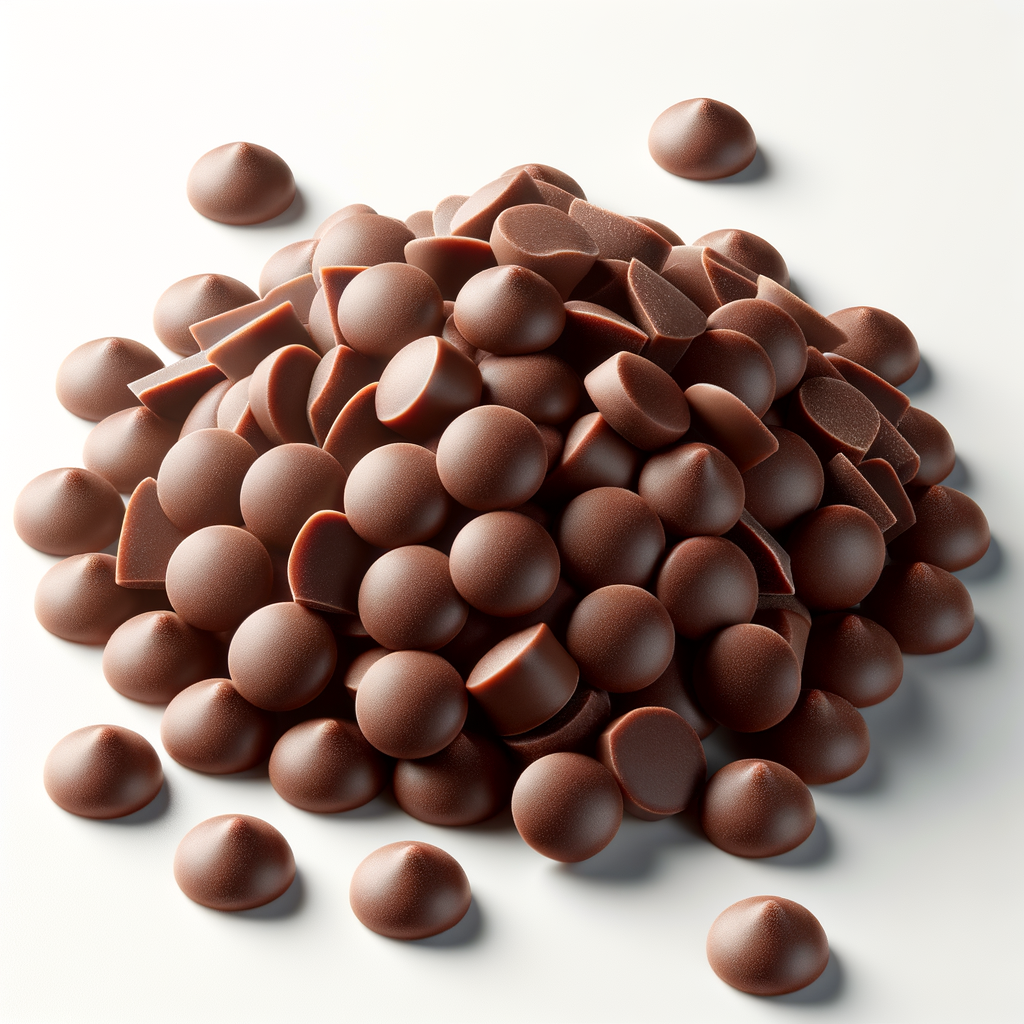
Mini Semi Sweet Chocolate Chips

Mini White Chocolate Chips

Semi Sweet Chocolate

Semi Sweet Chocolate Chips
See All
Health Info
Macros
26g
CARBS
13g
FAT
3g
PROTEIN
Allowed on these diets
LOW FAT
HIGH CALCIUM
VEGETARIAN
GLUTEN FREE
Contains these allergens
MILK


